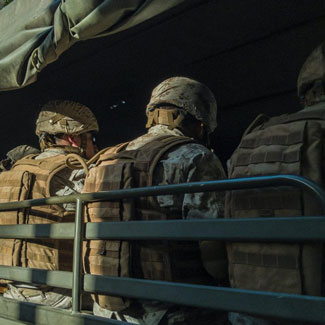Conservative Treatment of Anterior Chronic Exertional Compartment Syndrome in the Military, with a Mid-term Follow-up
October 27, 2020
Using a conservative treatment plan proved successful in returning 65% anterior chronic exertional compartment syndrome (CECS) patients to active duty without surgery. The plan consisted of numerous outpatient treatments such as stretching, massage, supplementation, with a focus on gait retraining. The continuous measuring ability of the C2Dx Indwell Slit Catheter allowed for accurate execution of intra-compartmental pressure measurements during the standardized running test.
Abstract
CECS is one cause of exercise-related leg pain in athletes and within the military. CECS is described as repetitive pain and pathologically elevated pressure in a muscular compartment with physical exercise, returning to normal after exercise cessation. There has been a total of 4,100 cases of chronic exertional compartment syndrome diagnosed within the military in the past five years.
Brief Case Description
The Royal Netherlands Armed Forces devised a diagnostic treatment protocol for exercise related leg pain which utilized outlying primary care clinic physicians and physical therapists. Once an active military member received medical clearance, a sports medicine physician supervised the patient in a standardized running test performed on a treadmill. This test was conducted using the (C2Dx) Indwell Slit Catheter and diagnostic flowchart for exercise-related leg pain. All of the patient’s test information was stored for review as online supplementary material.
Intervention and Outcome Summary
For patients in the military population suffering from the diagnosis of anterior CECS, initiating proper comprehensive treatment care returned65%of patients to active duty without the need of fasciotomy. With proper care following the diagnosis of compartment syndrome within the recovery phaseresultedin57% of patients returning to active duty (without surgery). Zimmerman did note that a surgical fasciotomy is still recommended for patients who fail the first protocol.
Original Publication:
BMJ Open Sport & Exercise Medicine
Authors:
Wes O Zimmermann, corresponding author, Mark Robert Hutchinson, Ruud Van den Berg, Rigo Hoencamp, Frank J G Backx, and Eric W P Bakker
Posted by Clinical Publication Group in Clinical Studies, Featured Articles
